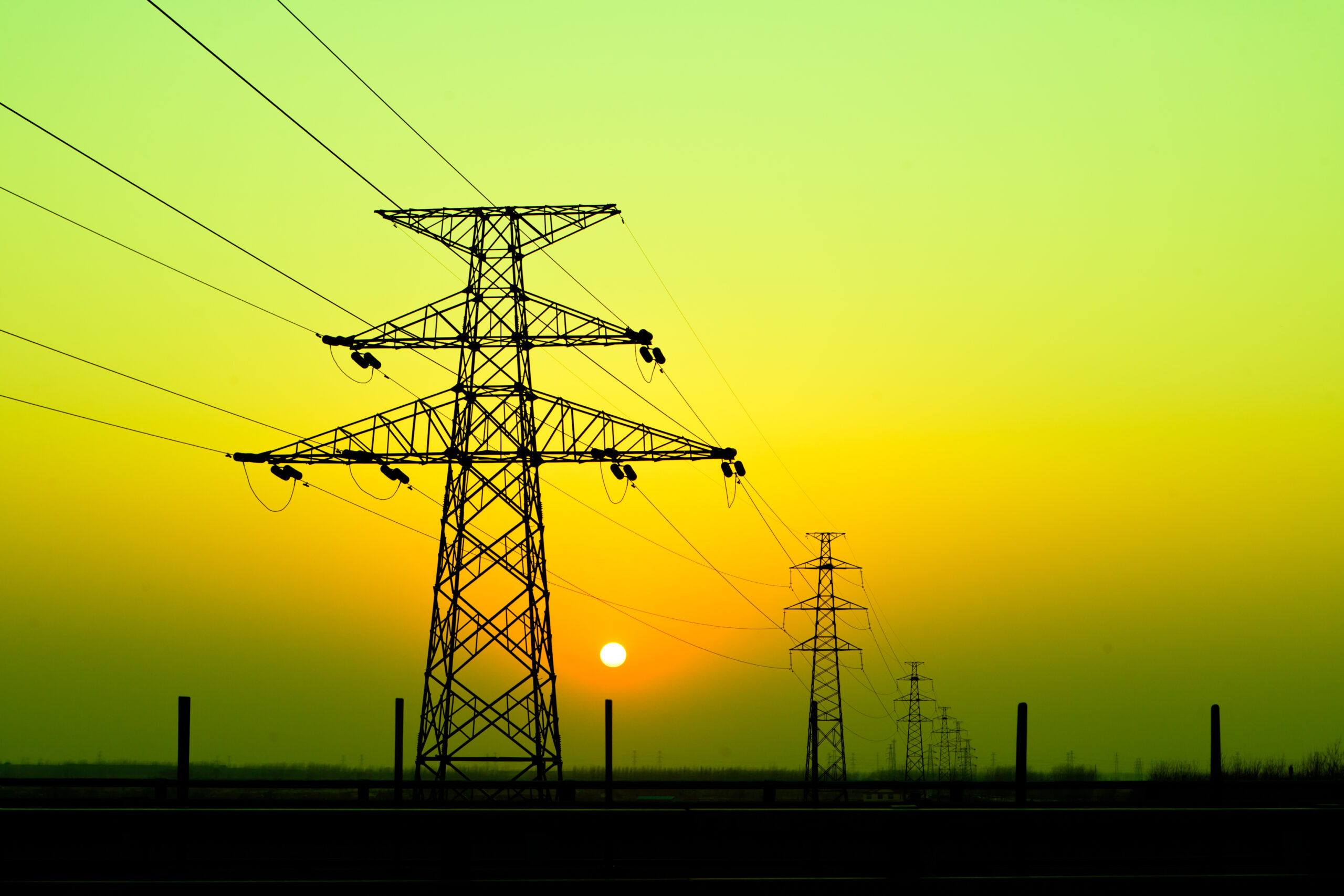
As the United States grapples with the challenges posed by an aging electrical grid, the importance of addressing infrastructure vulnerabilities is becoming more mainstream. The risks associated with our deteriorating energy infrastructure, including concerns about national security, reliability, and the ever-growing threat of cyber attacks on transmission systems, are beginning to make their way into daily conversation.
Despite the clear need for innovative solutions that enhance grid resilience without sacrificing the integrity of our scenic landscapes and community character, there is a lack of urgency at every practical level. In this context, the practice of utility undergrounding emerges as a crucial and imperative strategy for improving and securing our country’s energy infrastructure, bolstering climate resilience, and mitigating many external threats in ways that align with the goals of Scenic America.
The Threat of an Aging Grid
Beyond the more obvious insecurities that accompany an aging electrical grid, such as the threat to our nation’s power supply, the risks related to national security are less commonly discussed. An aging and exposed power system remains susceptible to cyber attack, physical attack, and many additional threats from external bad actors. Furthermore, the increasing frequency and severity of extreme weather events further exacerbate these concerns, with power outages becoming more prevalent and prolonged. These myriad threats all contribute to a deep layer of complexity to the challenge of safeguarding the grid against disruptions both natural and deliberate.
Old Infrastructure is Ugly
For Scenic America, the deteriorating state of the electrical grid is not only a matter of national security and reliability but also a threat to the scenic beauty that defines the American landscape. Overhead power lines, transformers, and utility poles often mar the visual appeal of natural surroundings, disrupting the scenic vistas that communities cherish. As advocates for preserving the aesthetic integrity of our environment, Scenic America sees utility undergrounding as a viable solution that addresses both infrastructure concerns and the visual impact on landscapes.
Undergrounding as an Immediate Solution
Utility undergrounding involves the relocation of power lines, transformers, and associated infrastructure below the ground surface. While the process requires an upfront investment, the long-term benefits are both multifaceted and undeniable. Not only does it enhance the resilience and reliability of the electrical grid by reducing exposure to extreme weather events and potential physical attacks, but it also contributes to the beautification of communities.
Benefits of Utility Undergrounding
- Enhanced Grid Resilience: Undergrounding power infrastructure minimizes the impact of severe weather events, reducing the likelihood of power outages and expediting restoration efforts.
- Reduced Vulnerability to Cyber Threats: Underground infrastructure is inherently more secure against cyber threats, providing an additional layer of protection for critical transmission systems.
- Preservation of Scenic Beauty: By eliminating the visual blight of overhead power lines, utility poles, and transformers, undergrounding contributes to the preservation of scenic vistas and enhances the aesthetic appeal of communities.
- Increased Property Values: Aesthetically pleasing surroundings often lead to increased property values, providing an economic incentive for communities to invest in utility undergrounding projects.
Challenges and Considerations
While utility undergrounding offers significant benefits, it is not without challenges. The high upfront costs, potential disruption during construction, and the need for coordination among various stakeholders require careful planning. However, the long-term advantages in terms of grid reliability, national security, and the visual enhancement of landscapes make it a compelling option.
As the United States confronts the pressing need to modernize its electrical grid, the concept of utility undergrounding emerges as a transformative solution that aligns with both national security imperatives and the goals of scenic conservation advocated by organizations like Scenic America. By investing in the undergrounding of power infrastructure, we not only fortify the resilience of our grid but also contribute to the preservation of the breathtaking landscapes that define our nation. Balancing progress with the protection of scenic vistas is not just a matter of aesthetics; it is a strategic imperative for a secure and visually harmonious future.